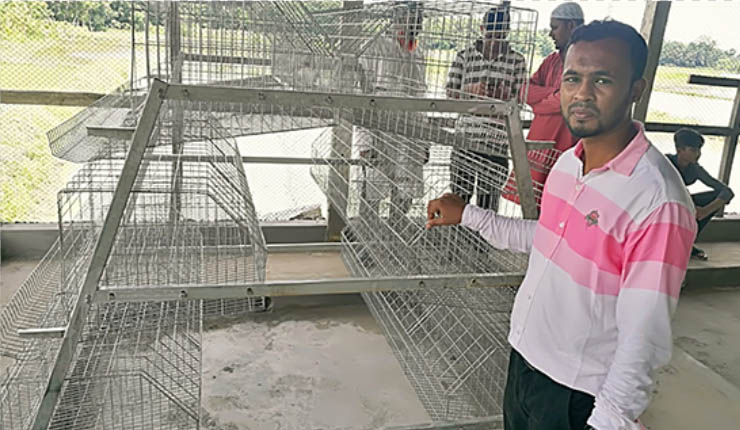Innovative Solutions for Efficient Automatic Feeding Systems in Modern Manufacturing Industries
Aug . 07, 2024 19:20 Back to list
Innovative Solutions for Efficient Automatic Feeding Systems in Modern Manufacturing Industries
The Evolution and Impact of Automatic Feeding Lines in Modern Production
In the dynamic landscape of industrial manufacturing, efficiency and productivity are paramount. One of the pivotal advancements that has significantly transformed production lines is the implementation of automatic feeding systems. These systems, often referred to as automatic feeding lines, enhance operational capabilities by streamlining the process of supplying materials and components to various stages of production.
Automatic feeding lines generally consist of automated mechanisms designed to convey, sort, and deliver materials to the assembly line without manual intervention. This innovation is not only limited to large industrial operations but has also found its place in smaller manufacturing units, food processing industries, and even in agriculture.
One of the primary benefits of automatic feeding lines is their ability to drastically reduce labor costs. Traditional feeding methods require substantial manual input, which can lead to increased labor expenses and potential for human error. By automating these processes, companies can minimize the reliance on human operators, redirecting labor towards more skilled tasks that require critical thinking and creativity.
Moreover, automatic feeding lines significantly enhance speed and efficiency. These systems can operate continuously without the fatigue associated with human labor. As a result, production can be accelerated, allowing businesses to meet growing consumer demands more effectively. The ability to maintain a consistent pace also reduces downtime, ensuring that machinery operates at optimal efficiency.
automatic feeding line

Consistency is another critical factor in production quality. With automatic feeding lines, materials are fed at constant rates and specific orientations, minimizing variations caused by human error. This consistency ensures that the final product meets stringent quality standards, which is vital in industries such as automotive manufacturing, electronics, and food processing where precision is key.
The versatility of automatic feeding lines is also noteworthy. They can be customized to accommodate various materials, ranging from small components to bulk materials. Technologies such as conveyors, vibratory feeders, and bowl feeders can be integrated into these systems, enabling manufacturers to adapt their feeding solutions to different production needs. This flexibility is essential for companies that produce a wide array of products or operate in different sectors.
In addition to enhancing productivity, automatic feeding lines contribute to workplace safety. By reducing the need for manual handling of materials, they lower the risk of workplace injuries associated with repetitive strain or heavy lifting. Furthermore, automated systems can be designed to include safety features that prevent accidents, such as emergency stop mechanisms and guarding to protect workers.
While the benefits of automatic feeding lines are clear, the implementation of such systems is not without challenges. Companies must invest in the initial setup and maintenance of these automated systems, which can be a significant financial commitment. However, this investment is often outweighed by the long-term savings and efficiency gains that these systems provide.
In conclusion, automatic feeding lines represent a significant advancement in modern manufacturing. They enhance efficiency, reduce labor costs, and improve product consistency, all while promoting a safer workplace environment. As industries continue to evolve and the demand for productivity rises, the adoption of such automated systems is likely to become more prevalent, paving the way for a more efficient and innovative manufacturing landscape. Embracing this technology not only prepares companies for future challenges but also positions them for sustainable growth in an ever-competitive global market.
-
Hot Sale 24 & 18 Door Rabbit Cages - Premium Breeding Solutions
NewsJul.25,2025
-
Automatic Feeding Line System Pan Feeder Nipple Drinker - Anping County Yize Metal Products Co., Ltd.
NewsJul.21,2025
-
Automatic Feeding Line System Pan Feeder Nipple Drinker - Anping County Yize Metal Products Co., Ltd.
NewsJul.21,2025
-
Automatic Feeding Line System - Anping Yize | Precision & Nipple
NewsJul.21,2025
-
Automatic Feeding Line System - Anping Yize | Precision & Nipple
NewsJul.21,2025
-
Automatic Feeding Line System-Anping County Yize Metal Products Co., Ltd.|Efficient Feed Distribution&Customized Animal Farming Solutions
NewsJul.21,2025






